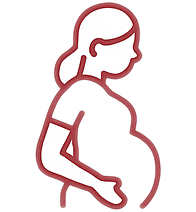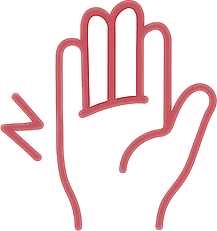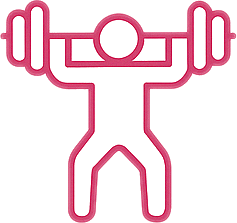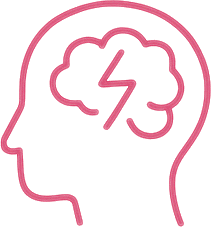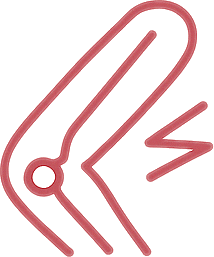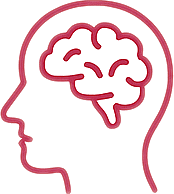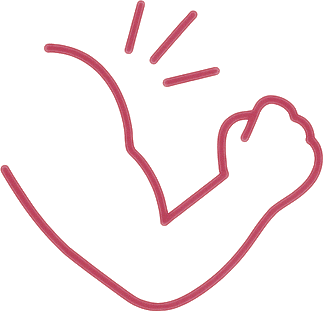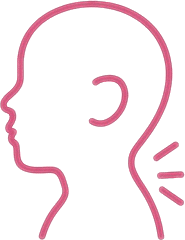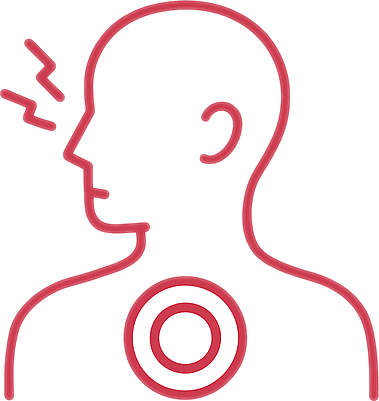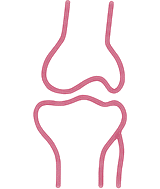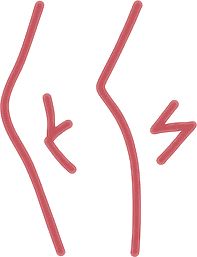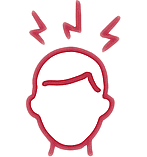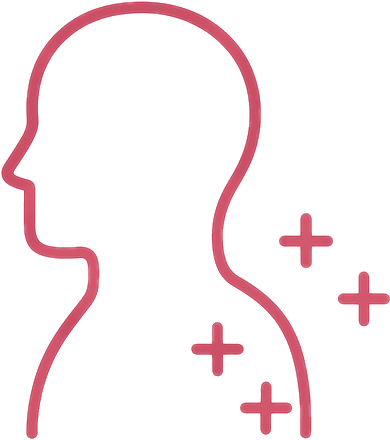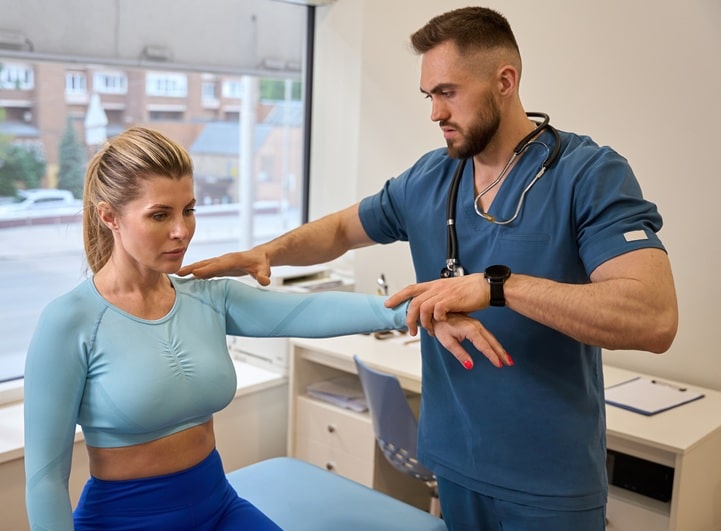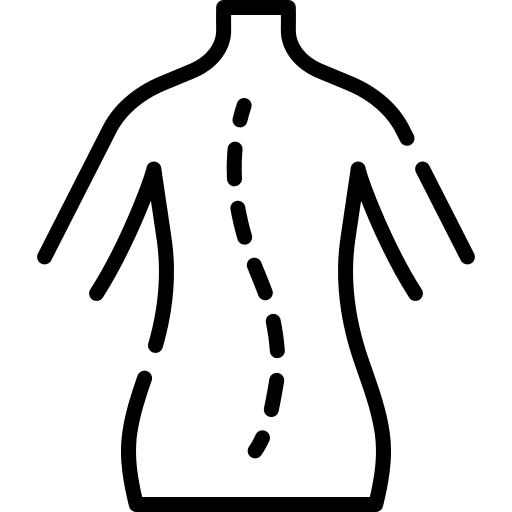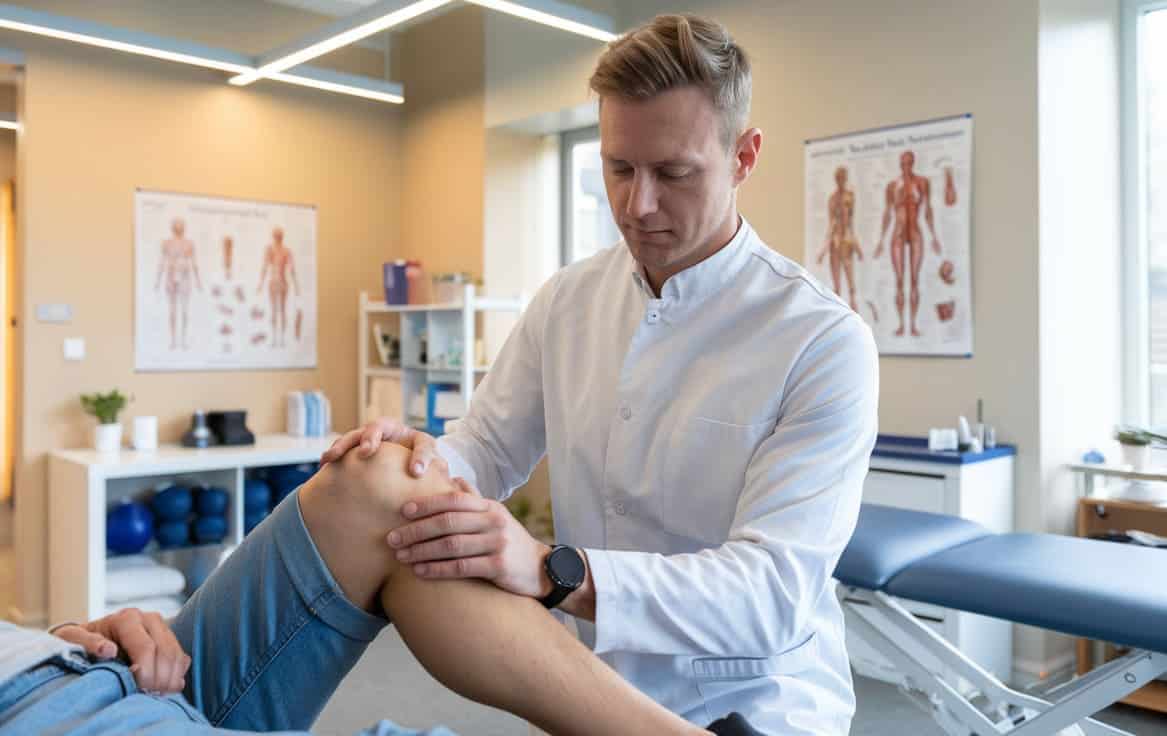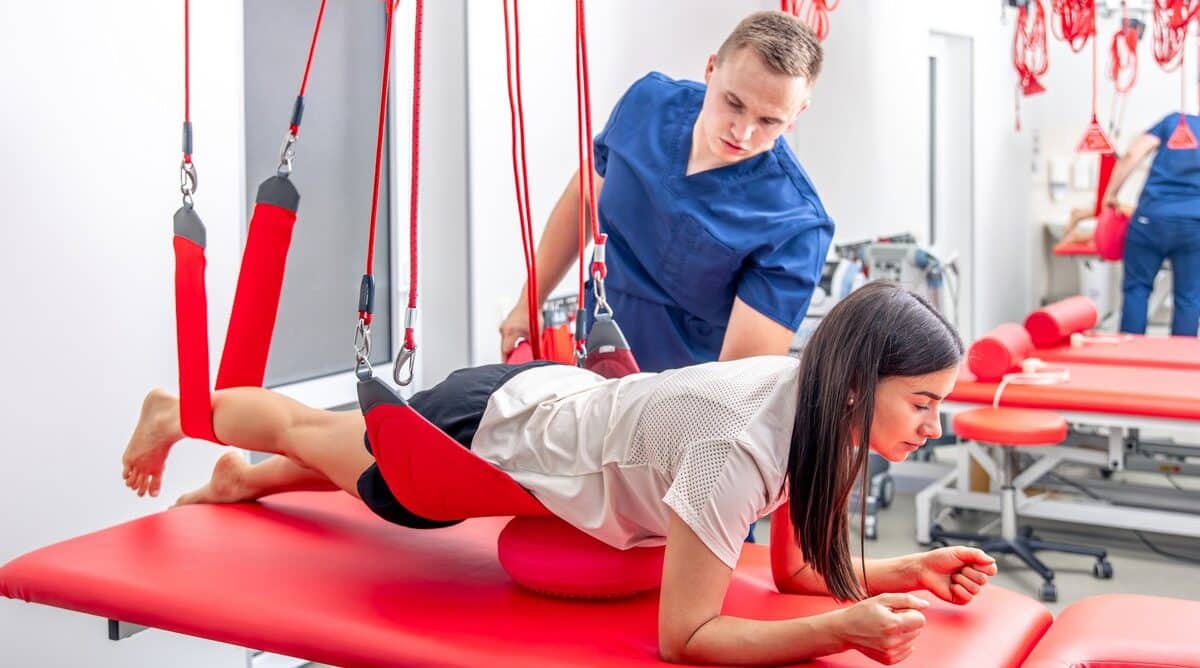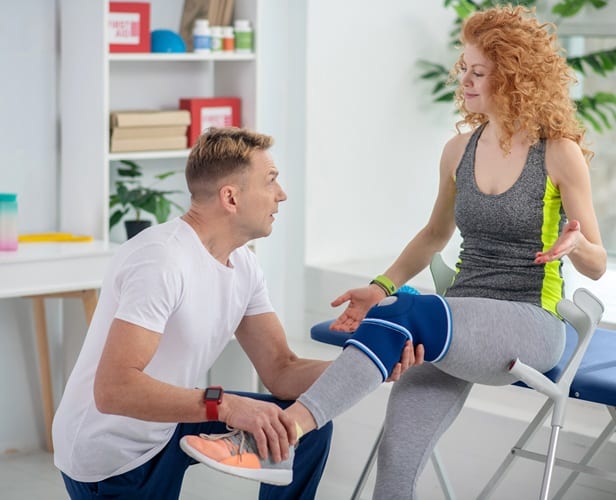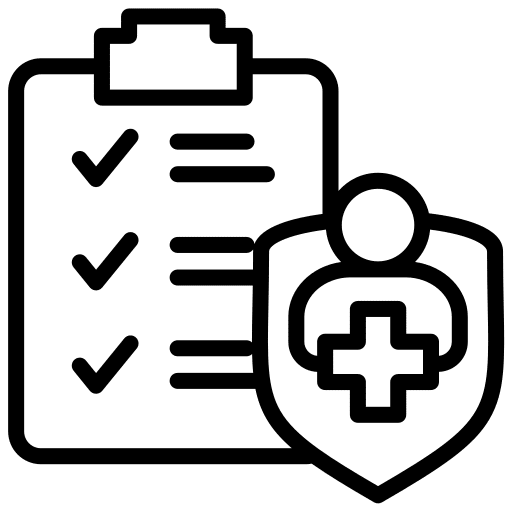Your first session may leave you feeling unexpectedly lighter, subtly realigned, or even a bit off-balance—as if the floor shifted beneath your feet. This does not mean anything went wrong; rather, your nervous system is encountering movement it hasn’t used in months, sometimes years. Small fluctuations in confidence or coordination are markers of progress, not warning signs. There is no “one correct” experience—what matters is honesty in noting how you feel, and communicating that in the next session.
Relief can feel unfamiliar at first—it’s the body learning where pain used to be.
Immediate Soft Tissue Responses: Soreness, Stretch, and Strength
- Muscle soreness: is common, comparable to what you might feel after a purposeful workout (delayed onset muscle soreness).
- Mild fatigue: in underused areas signals beneficial change where muscles finally “switch on”.
- Tissue sensitivity: can appear as dull ache or local warmth, but bruising and significant swelling are rare and warrant review by your therapist.
How Movement Patterns Adjust
As neglected muscles become active, normal movements may temporarily feel “clunky” or unstable. Postural checks should feel easier with each repetition, though you may notice new imbalances as old compensations subside. Expect balance, coordination, or even breathing to shift as core control develops.
When to Be Attentive
If your symptoms intensify, persist more than 48 hours without improvement, or are accompanied by swelling, redness, or sharp pain, notify your therapist. These events are uncommon and suggest a need for quick adaptation in your plan.
Returning to Activities
Resume light activities as tolerated and keep up with any prescribed exercises. Avoid full rest unless directed—you are learning resilience through gentle movement. Stay hydrated and support recovery with adequate sleep, as your tissues are rebuilding pathways for pain-free, spontaneous motion. Consistency in exercise, feedback, and rest makes the gains from every session last.














